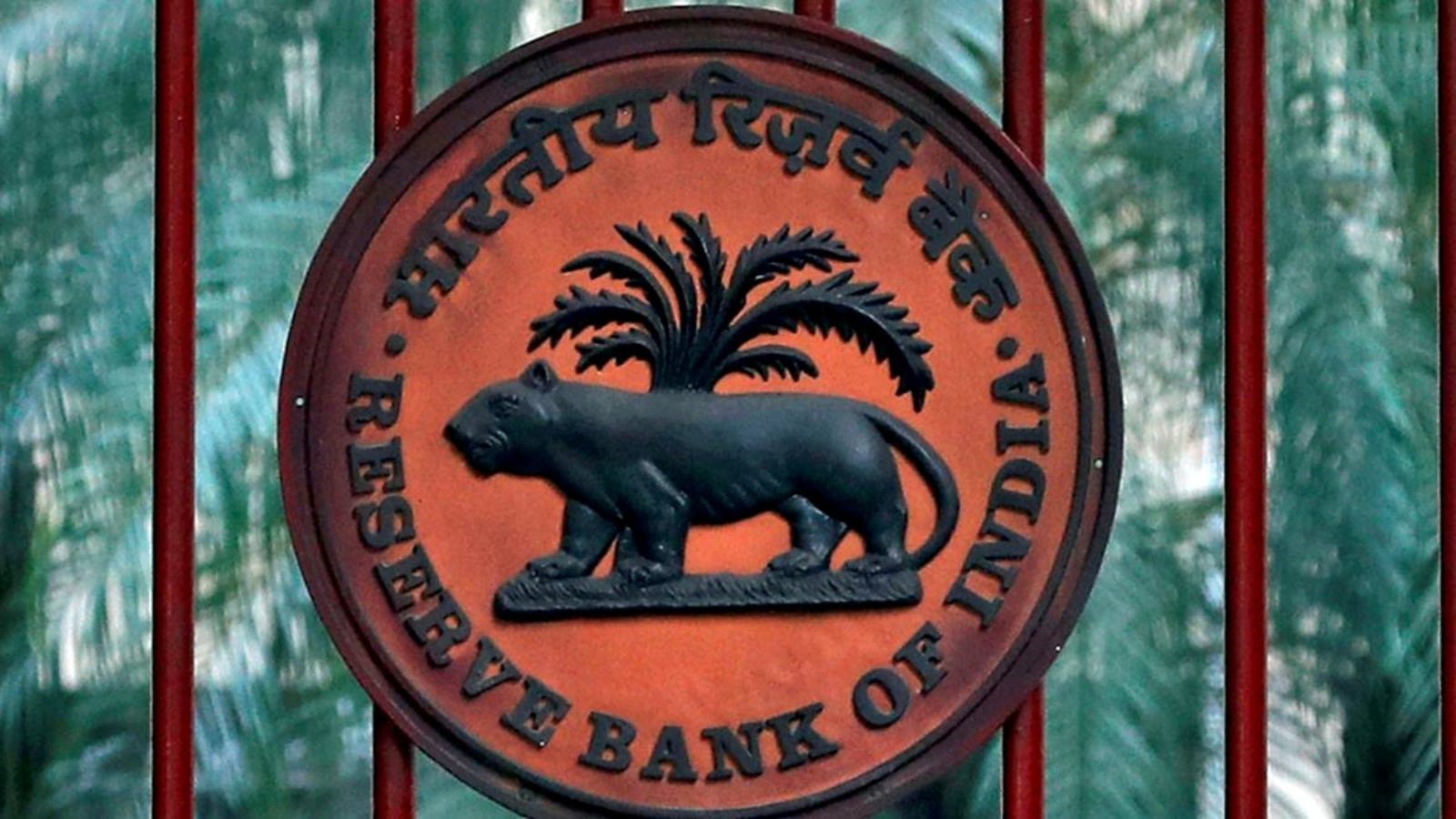The global environment is marked by geopolitical crises that add further uncertainty beyond trade disputes. The Russia-Ukraine war disrupted energy markets and supply chains, while the conflict in Gaza fuels instability across West Asia. Closer to home, political and economic fragility in Nepal adds to regional tensions. Together, these crises influence India’s foreign policy choices and create uncertainty around energy security and cross-border flows. Against this backdrop, tariffs are unlikely to assume the same importance as broader geopolitical and security shocks, which now play a significant role in shaping global risk sentiment and India’s external environment.
Even against this unsettled backdrop, India’s economy is showing resilience. Retail inflation was 1.55 per cent in July, well below the RBI’s target range, providing space for expansionary measures if global risks intensify. GDP rose by 7.8 per cent in the first quarter of 2025-26, the fastest pace in five quarters, reflecting robust activity across manufacturing and services. One indicator of this momentum is the Purchasing Managers’ Index (PMI), a monthly survey showing how businesses view demand, output, and employment. In August 2025, India’s manufacturing PMI reached 58.8, its highest in over a decade, while the services PMI rose to 62.9 from 60.5 in July (A PMI reading above 50 signals expansion).
This resilience has not gone unnoticed globally. Fitch Ratings upgraded India’s growth forecast to 6.9 per cent for 2025, citing strong domestic demand. Morgan Stanley projects growth in the 7 per cent range over the medium term, and the IMF has raised its projection to 6.4 per cent. Together, these indicators highlight that India is not just weathering global turbulence but actively reinforcing its foundations for sustained growth.
But resilience is not immunity. India’s export-oriented sectors, such as textiles, gems and jewellery, and chemicals, remain vulnerable to global disruptions. The real costs of turbulence can begin even before policies like tariffs are imposed. Uncertainty alone can make firms cautious by delaying investments, avoiding risky markets, or shifting focus to safer domestic supply chains. Smaller exporters are particularly exposed, often postponing expansion or exiting markets altogether. Since these sectors are largely made up of small and medium enterprises (SMEs), the ripple effects on jobs, supply chains, and local economies are amplified, deepening the overall impact. Global trade uncertainty can dent confidence long before policy changes take effect.
What sets India apart is the composition of its growth, with private consumption making up more than 60 per cent of GDP. This structure acts as a natural hedge against external shocks, reducing vulnerability to global price swings. The share of private consumption in nominal GDP increased from 60.2 per cent in FY24 to 61.4 per cent in FY25, the highest in two decades. This rise reflects a 7.2 per cent growth in private final consumption expenditure in FY25, compared to 5.6 per cent in FY24.
India’s participation in the Shanghai Cooperation Organisation (SCO) offers fresh opportunities to strengthen trade and strategic ties with Russia, China, and other member countries. Leveraging these relationships can enhance India’s influence in a reshaping regional and global economy. At the same time, diversification remains essential. Expanding trade with developing nations and deepening economic partnerships with developed countries through agreements like the India-UK trade deal will help India seize new opportunities while maintaining strategic autonomy.
The country faces a delicate balancing act. Global turbulence threatens exports and financial flows, yet robust domestic demand and low inflation give policymakers room to manoeuvre. The GST reforms, for instance, signal intent to boost domestic demand. Still, global uncertainty can squeeze profit margins, particularly in labour-intensive sectors like textiles that employ millions. Targeted reforms, coupled with a resilient domestic market, can stabilise industries, protect jobs, and contribute to building a Viksit Bharat, ensuring India not only weathers external pressures but emerges stronger from them.
The writer is Assistant Professor, School of Management, Mahindra University




